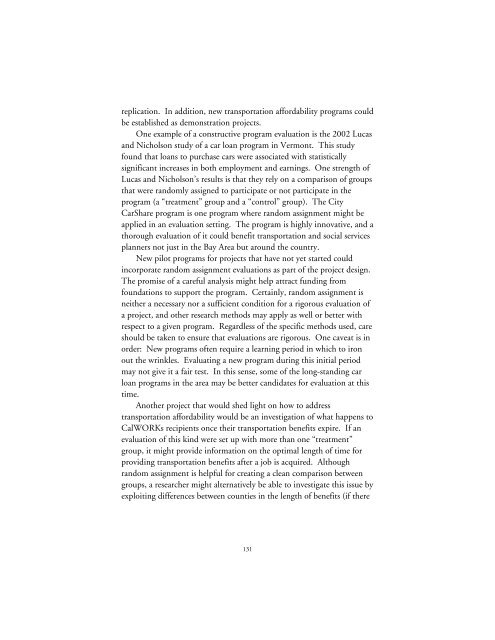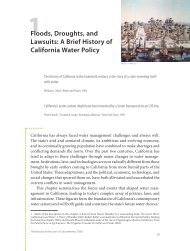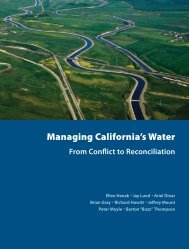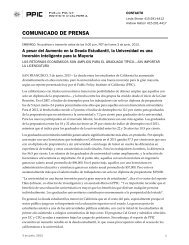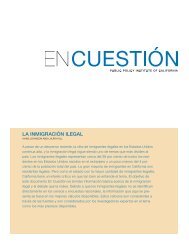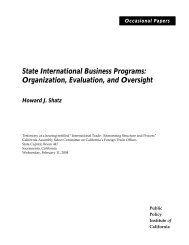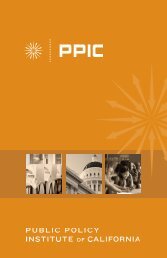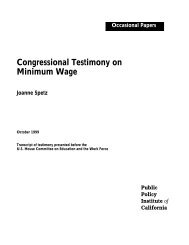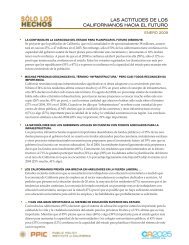Transportation Spending by Low-Income California Households ...
Transportation Spending by Low-Income California Households ...
Transportation Spending by Low-Income California Households ...
You also want an ePaper? Increase the reach of your titles
YUMPU automatically turns print PDFs into web optimized ePapers that Google loves.
eplication. In addition, new transportation affordability programs could<br />
be established as demonstration projects.<br />
One example of a constructive program evaluation is the 2002 Lucas<br />
and Nicholson study of a car loan program in Vermont. This study<br />
found that loans to purchase cars were associated with statistically<br />
significant increases in both employment and earnings. One strength of<br />
Lucas and Nicholson’s results is that they rely on a comparison of groups<br />
that were randomly assigned to participate or not participate in the<br />
program (a “treatment” group and a “control” group). The City<br />
CarShare program is one program where random assignment might be<br />
applied in an evaluation setting. The program is highly innovative, and a<br />
thorough evaluation of it could benefit transportation and social services<br />
planners not just in the Bay Area but around the country.<br />
New pilot programs for projects that have not yet started could<br />
incorporate random assignment evaluations as part of the project design.<br />
The promise of a careful analysis might help attract funding from<br />
foundations to support the program. Certainly, random assignment is<br />
neither a necessary nor a sufficient condition for a rigorous evaluation of<br />
a project, and other research methods may apply as well or better with<br />
respect to a given program. Regardless of the specific methods used, care<br />
should be taken to ensure that evaluations are rigorous. One caveat is in<br />
order: New programs often require a learning period in which to iron<br />
out the wrinkles. Evaluating a new program during this initial period<br />
may not give it a fair test. In this sense, some of the long-standing car<br />
loan programs in the area may be better candidates for evaluation at this<br />
time.<br />
Another project that would shed light on how to address<br />
transportation affordability would be an investigation of what happens to<br />
CalWORKs recipients once their transportation benefits expire. If an<br />
evaluation of this kind were set up with more than one “treatment”<br />
group, it might provide information on the optimal length of time for<br />
providing transportation benefits after a job is acquired. Although<br />
random assignment is helpful for creating a clean comparison between<br />
groups, a researcher might alternatively be able to investigate this issue <strong>by</strong><br />
exploiting differences between counties in the length of benefits (if there<br />
131


